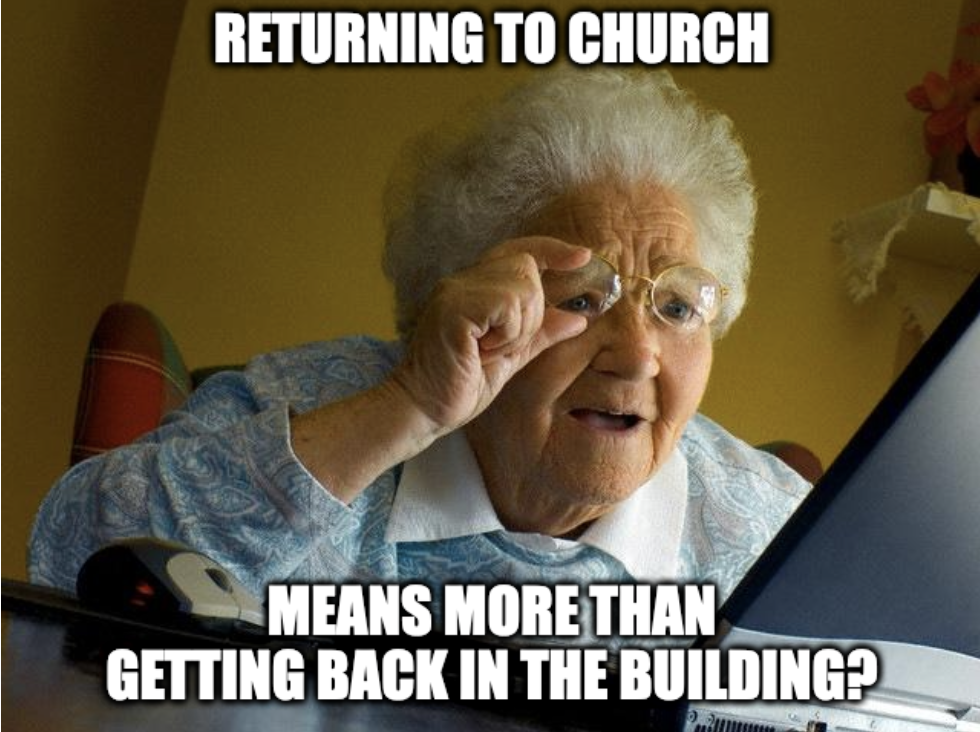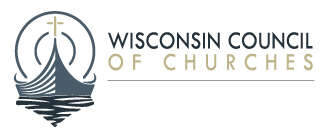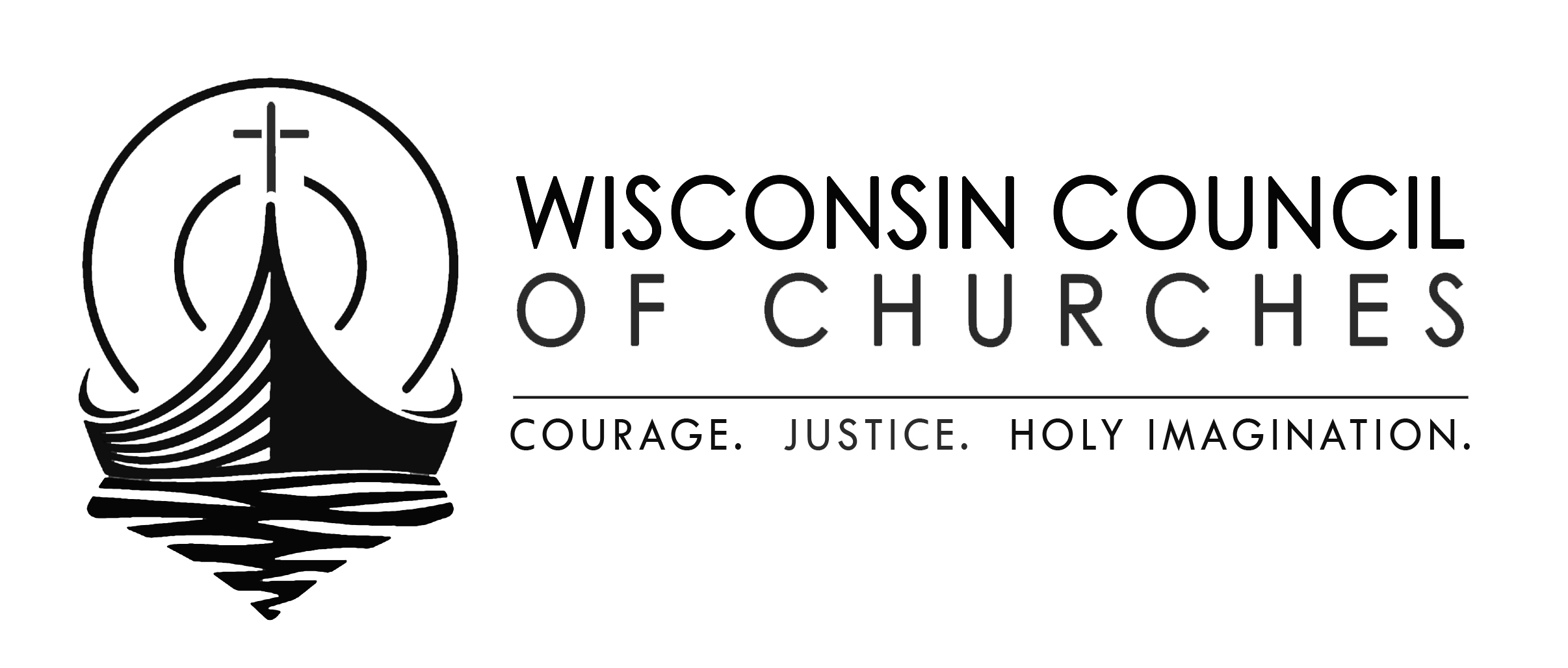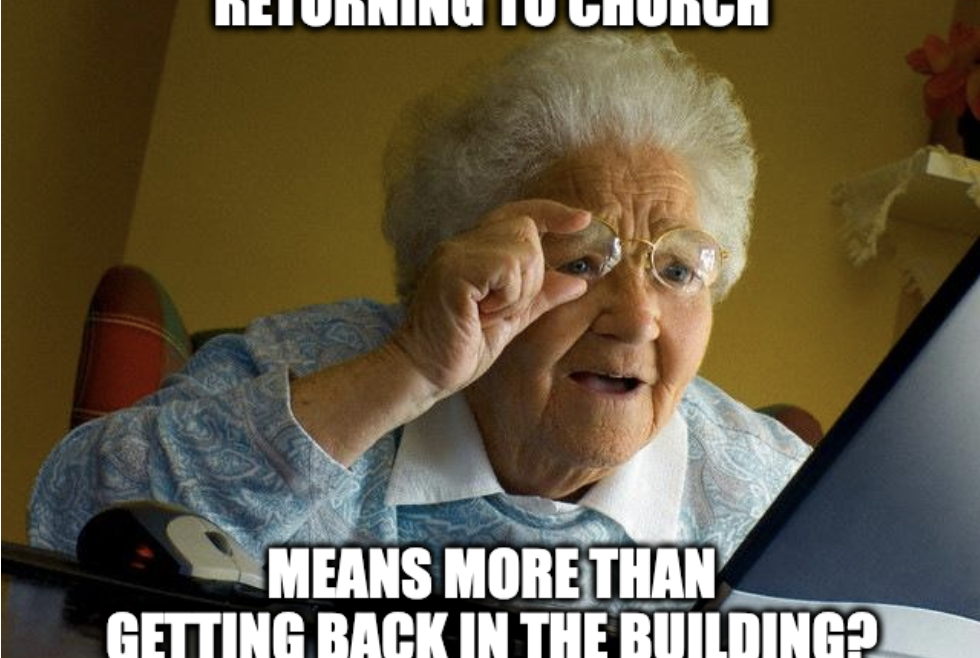Top Ten Reasons to Still Care about WCC Guidelines
Returning to Church is still a thing
This past Monday, the WCC issued Returning to Church 5.0, the latest in its series of COVID-safer guidelines for churches and other faith communities. I assume most of you are aware of this by now, so I’ll include only the briefest of synopses here:
-
We set everything in the context of the pandemic that continues just below the surface of awareness.
-
We have updated and simplified our guidelines. There used to be five levels of concern, now we have three levels of caution.
-
We recommend certain mitigations as permanent or ongoing.
You can read more in the WCC eNews from March 13th, or follow the link above.
So far, the reaction to the release has been:

It seems like everyone is pandemicked out. So I thought I’d offer some reasons to still care. They might be phrased humorously (you gotta keep things fresh), but I assure you the points are all serious. With that,
Top Ten Reasons to Still Care about WCC Guidelines
- Rocky had five sequels, why shouldn’t Returning to Church? Unlike RTC 4.0, where we had to explain a lot of science, RTC 5.0 is brief and straightforward. Its recommendations are easily implemented. Take a moment and familiarize yourself. You won’t regret it, we promise.
- Rocky had five sequels, why should COVID? If you’ve watched the entire Rocky series (and God bless you if you have), you’ll know the quality steadily declined. And so it has been with COVID. Particularly with the Delta and Omicron waves, each new variant became progressively more infectious. That meant more illness—and more opportunities for the virus to mutate into something worse. It also meant more opportunities for Post-COVID Sequelae, or long COVID as most of us know it. Slow the spread, stop the sequels.
- You’ll make Dan & Eyon & Angela & Angelica & Pastor Teresa & the rest of the WCC staff happy. More important, you’ll make your family and friends who don’t get COVID happy, too.
- Vaccination rates remain low. We’re not saying that you should be suspicious of your pew mate, but with bivalent booster vaccination rates hovering about 20%, maybe you should be a little suspicious. Or at least, think that it’s likely they’re not fully vaccinated and boosted. Since you’re 16 times more likely to be hospitalized if you haven’t gotten any vaccination, and 2.6 times more likely if you haven’t gotten a bivalent booster, yes, it still makes a difference.
- More mitigations now means less fights later. In the unfortunate case of a future pandemic (and scientists are pretty convinced that there will be future pandemics), you’ll want to have some kind of framework for response. Returning To Church 5.0 gives you a basic structure that can be adapted in the future, saving time and arguments.
- Testing and other supports will soon go away. We’re already hearing of counties shutting down community testing centers. COVID data is also becoming more limited as people increasingly test at home rather than get a formal diagnosis. We may not know about the next wave until it’s already upon us. Better to stay on the safe side and keep some precautions in place.
- M-m-m-Multiball! The same mitigations that lessen the risk of COVID also make communities safer against colds, RSV, flu and other airborne illnesses. That’s not only a bargain, it might help you with
- Olivia & Liam & Emma & Noah and their parents. Every church knows the struggle of getting kids in Sunday School and young families in worship. During the winter months (that is, cold and flu season), they’re drowning in illness. Help them stay healthy, and your efforts will not go unnoticed.
- Grandma Ruth. It’s an uncomfortable fact that Christian churches in general, and mainline Protestant churches in particular, skew older. On average, nearly one-third of mainliners are over the age of 65. That’s the demographic most threatened by COVID. Tracking the Returning to Church 5.0 guidelines and implementing them as appropriate is a great way to keep sizable portion of your community safe.
And the Top Reason to Still Care about WCC Guidelines is…

- Returning to Church means more than getting back in the building. Christians are called to a higher standard of care for the poor and vulnerable than the society around them. That means doing what we can to protect our most vulnerable members. It also means finding ways to keep all of us participating in community. Returning to Church 5.0, like its four predecessors is an attempt to get churches back to their core business: exercising the care and concern we should have for all of God’s children.
You can read With Patient Endurance: Returning to Church 5.0 on the WCC website. It’s also available in Spanish as Con Resistencia al Paciente: Regresar a la Iglesia 5.0.
P.S.: The COVID Risk Table is still around too. Check out its new adaptations!




